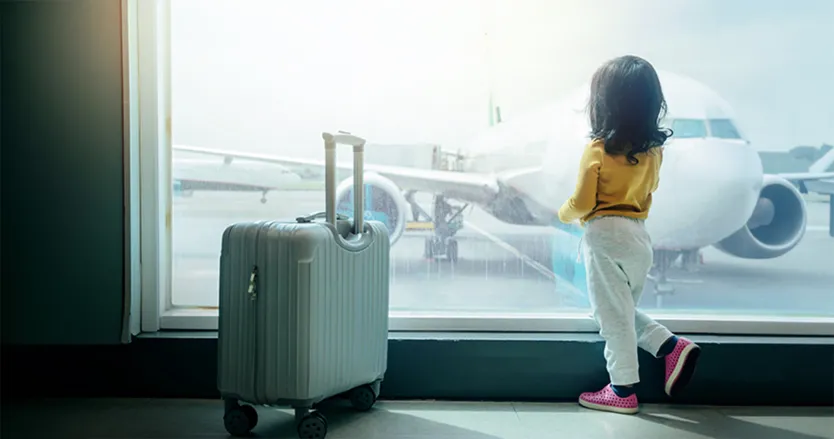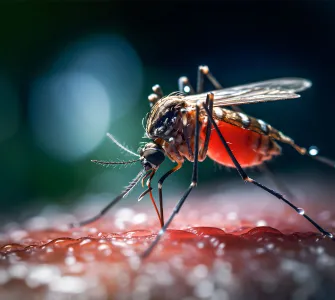The financial impact of dengue



Most people infected with dengue do not experience any symptoms but for those who do (about 1 in 4), dengue can have significant financial consequences beyond the symptoms themselves, for both patients and caregivers.1-4
Dengue costs can make up a substantial part of a household’s income
Bills for dengue can add up, including charges for laboratory tests, medical diagnoses/treatments, meals, and hospital transportation.3,4 While the financial impact of dengue varies by country, dengue can cost roughly between a quarter to a third of the monthly household income in Cambodia, Vietnam, Peru and Thailand.5,6 The lowest income families often struggle the most; such as in Columbia where dengue costs accounted for 45% of the monthly earnings of low-income families.5
Households may need to borrow money to cover dengue hospitalization costs7
In India, where most of the medical costs are paid out of pocket, the average hospitalization costs for dengue can extend well beyond the average monthly household income: mean direct costs for an illness episode have been estimated between $179.80 and $933.51 USD, accounting for 41–214% of the average monthly household income in the country3
In Vietnam, almost half of the households of patients who were hospitalized with dengue had to borrow to afford treatment-related costs.7 Some families had to re-mortgage their house or sell items to afford care.7
After 6 months, over 70% of households had not begun or had only managed part repayments.7
The costs of dengue can go beyond medical care
A study in Sri Lanka found that an average of 21 working days were lost by patients hospitalized for dengue.3 This worked out to be over 70% of their average monthly income.3 For caregivers, nearly 3 days of work were missed during the hospital admission, and a further 4 days after the patient was discharged.3 For children experiencing a dengue episode themselves, the study found that an average of 11 school days were missed.3
Of the people infected with dengue who have symptoms, about 1 in 20 people may progress to severe dengue which is a life-threatening, medical emergency.1 Always seek medical attention if you suspect you have dengue.
References
Centers for Disease Control and Prevention. Available at: https://www.cdc.gov/dengue/healthcare-providers/clinical-presentation.html. Accessed December 2023.
Legorreta-Soberanis J, et al. BMC Public Health. 2017;17(Suppl 1):411.
Weerasinghe NP, et al. BMC Health Serv Res. 2022;22(1):657.
Hung TM, et al. Trends Parasitol. 2018;34(10):904-918.
Lee JS, et al. PLoS Negl Trop Dis. 2017;11(10):e0006037.
Salmon-Mulanovich G, et al. Am J Trop Med Hyg. 2015;93(4):684-90.
Tam PT, et al. Am J Trop Med Hyg. 2012;87(3):554-8.
Tozan Y, et al. Am J Trop Med Hyg. 2019 ;100(6):1525-1533.
Wilder-Smith A. Paediatr Int Child Health. 2012;32 Suppl 1(s1):28-32.
Dengue can have financial consequences for travelers too
Falling ill with dengue abroad can be expensive for travelers.8 Costs can mount up while looking for, and receiving medical treatment, at their destination and/or home country.8 Travelers (and their companions) can lose out financially if their itineraries are disrupted and may also be unable to immediately go back to work when they return home.8 One study estimated the average total cost for a dengue episode was US$992 for travelers.8 In this study, some travelers with dengue had to cancel their travel plans while others had to postpone their return home.8
International travel is on the rise and many dengue-endemic countries are popular tourist destinations.8,9 It is more important than ever for travelers to take precautions against dengue before their trip. This could include a medical consultation for pre-travel advice and taking out appropriate insurance coverage. You can read more about protective measures you can take against dengue if you are traveling to a dengue endemic country here.
References
Centers for Disease Control and Prevention. Available at: https://www.cdc.gov/dengue/healthcare-providers/clinical-presentation.html. Accessed December 2023.
Legorreta-Soberanis J, et al. BMC Public Health. 2017;17(Suppl 1):411.
Weerasinghe NP, et al. BMC Health Serv Res. 2022;22(1):657.
Hung TM, et al. Trends Parasitol. 2018;34(10):904-918.
Lee JS, et al. PLoS Negl Trop Dis. 2017;11(10):e0006037.
Salmon-Mulanovich G, et al. Am J Trop Med Hyg. 2015;93(4):684-90.
Tam PT, et al. Am J Trop Med Hyg. 2012;87(3):554-8.
Tozan Y, et al. Am J Trop Med Hyg. 2019 ;100(6):1525-1533.
Wilder-Smith A. Paediatr Int Child Health. 2012;32 Suppl 1(s1):28-32.


























